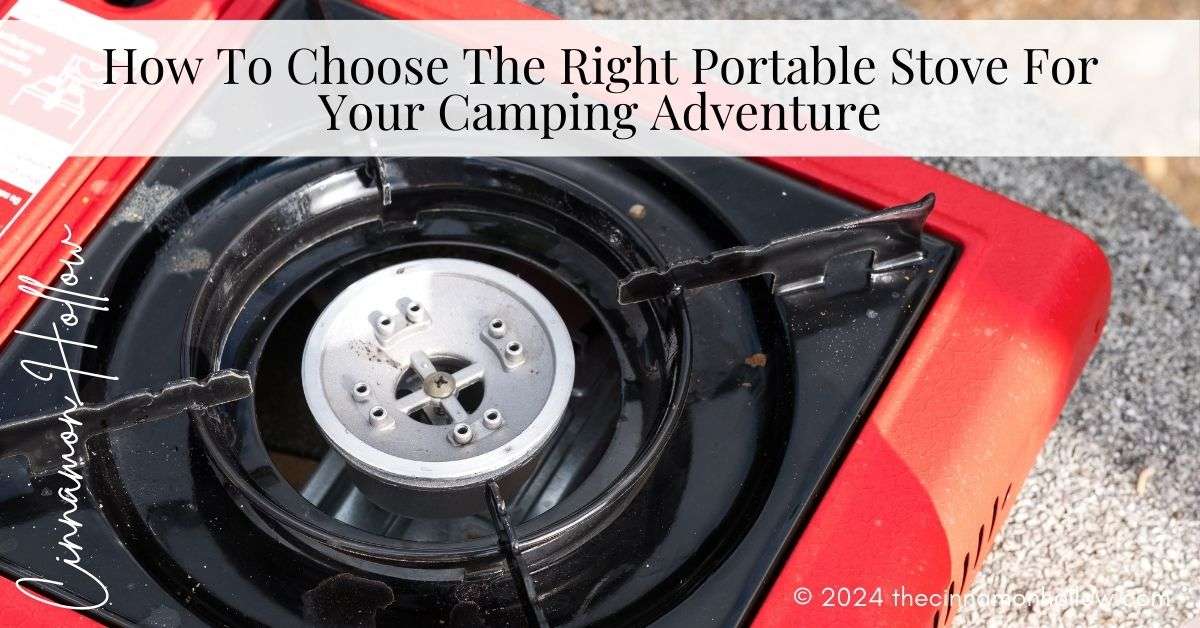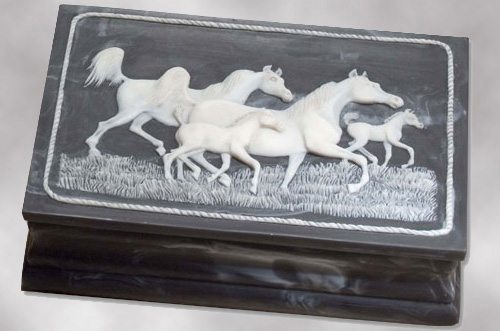Picture this: you’re out in the wild, surrounded by nature, the sky filled with stars. The only thing missing? A warm, hearty meal after a long day of exploring. That’s when your choice of camping stove really comes into play. Whether making a quick cup of coffee at dawn or cooking a full dinner by the campfire, the right gear can make or break your adventure.
But with so many options, choosing the right stove can be confusing. Should you go for something lightweight or opt for fuel efficiency? Let’s break down the essentials so you can pick the perfect stove that suits your next outdoor trip.
1. Think About Weight And Size
Weight is a key factor, especially for backpackers. You want a stove that is compact and doesn’t take up too much space in your bag. Canister stoves are a great option for this. They’re designed to be small and lightweight. If you’re car camping or don’t mind carrying a little extra weight, larger stoves with more cooking power may be a better fit.
For those planning to travel light, choosing an option that won’t weigh you down is important. So, look for a compact design that still provides the power you need without being bulky.
2. Prioritize Fuel Efficiency
Fuel efficiency is another important aspect. It matters more than you might think, especially if you’re on a longer trip. You don’t want to waste fuel or run out when you’re far from the nearest store.
Some models, particularly camping gas stoves, are designed to use fuel efficiently. These often work with screw-on canisters that contain a mix of propane and butane. This blend ensures longer-lasting fuel while remaining compact and easy to carry.
It’s also worth noting that some models are designed with better heat distribution. This means you use less fuel while still getting the job done quickly. This is especially handy when you’re trying to conserve fuel for multi-day trips.
3. Look For Durability And Stability
Weather and terrain can be unpredictable in the wild. That’s why you need a stove that’s durable and stable enough to handle rough conditions. Look for options made from strong materials that can withstand wear and tear. It’s also important to choose one that stays steady on uneven surfaces to prevent accidents while cooking.
Models with features like windshields or stable bases can be incredibly helpful in windy or challenging environments. These features keep the flame steady and help conserve fuel by preventing the wind from blowing it away.
4. Make Sure It’s Easy To Use
When you’re tired from a long day of hiking, the last thing you want is to struggle with a complicated stove. Therefore, ease of use is critical, especially if you’re new to camping. Canister stoves are often the simplest to use. You just screw on the fuel canister, ignite the burner, and start cooking. They don’t require priming or pumping like some liquid fuel models do.
Some models even come with built-in igniters. This means you won’t need matches or a lighter. This is a useful feature for anyone who wants a hassle-free cooking experience.
5. Consider The Weather Conditions
The environment you’re camping in plays a big role in what model will work best. If you’re in cold weather or at high altitudes, a liquid fuel option may be more reliable since it burns efficiently in extreme conditions.
On the other hand, in warmer, more typical weather, camping gas stoves are perfect. They are easy to use, lightweight, and perform well in mild to moderate conditions. However, if you expect strong winds, you’ll want to get an option with built-in wind protection. Or carry a windscreen to prevent the flame from being blown out.
6. Match The Stove To Your Cooking Needs
Finally, consider what you plan to cook on your trip. If you’re just boiling water for coffee or dehydrated meals, a small, fast-boiling model will do the trick. However, if you’re planning more elaborate meals, you may want an option that offers more cooking options, such as simmer control or a larger burner.
In addition, the size of the cooking pot or pan you plan to use also matters. Some models work best with smaller pots, while others work with larger cookware. So, be sure to choose an option that matches the kind of meals you plan to prepare on your trip.
Wrap Up!
Choosing the right portable stove can make your outdoor experience much better. Whether you need a lightweight canister model for short trips or a durable liquid fuel option for tough conditions, it’s important to pick one that fits your needs. So, consider the above-mentioned factors to make an informed decision.







